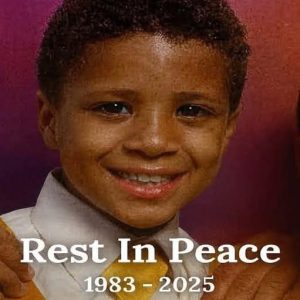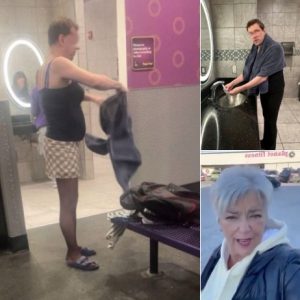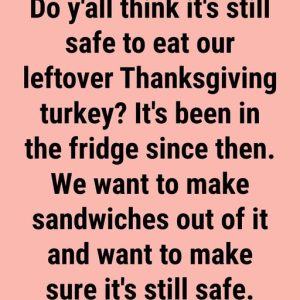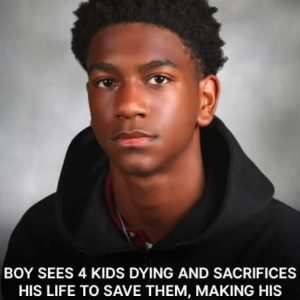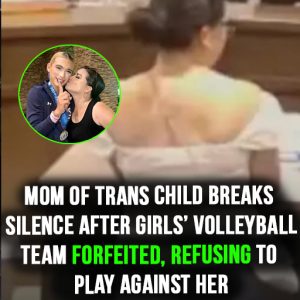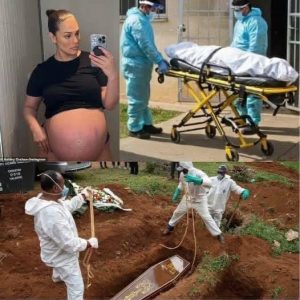My ten-year-old son, Jackson, collapsed in a seizure on the highway. Cars honked, drivers yelled, some even threatened us. Most people pulled out their phones to film instead of helping. I screamed for someone to call 911, but no one did.
Then I heard motorcycles. Seventeen bikers roared onto the scene, forming a protective circle around Jackson. The lead biker, Bear, a paramedic, knelt beside him, checking his pulse. Others created a human wall against traffic. One wet a cloth for Jackson’s forehead; another reassured me. They stayed calm, focused, and fearless.
“Five minutes,” Bear said. “Hang in there, kid.”
When the ambulance couldn’t get through traffic, two bikers rode ahead, clearing a path. EMTs arrived, worked with Bear, and finally loaded Jackson safely. I climbed onto Bear’s bike behind him, and the bikers escorted us to the hospital.
They stayed all day, bringing food, coffee, and comfort. Hours later, doctors said Jackson was stable—his first seizure, likely triggered by heat and dehydration. The bikers didn’t leave. They became our family, teaching Jackson safety and helping raise funds for his medical care.
Jackson calls them “the motorcycle people” and wants to ride and help others someday.
Those bikers—leather-clad strangers—saved my child when everyone else just watched. They proved that sometimes the people society fears the most are the ones who show up, protect, and stay.
Jackson survived because of them, and because heroism isn’t about looks—it’s about action.
